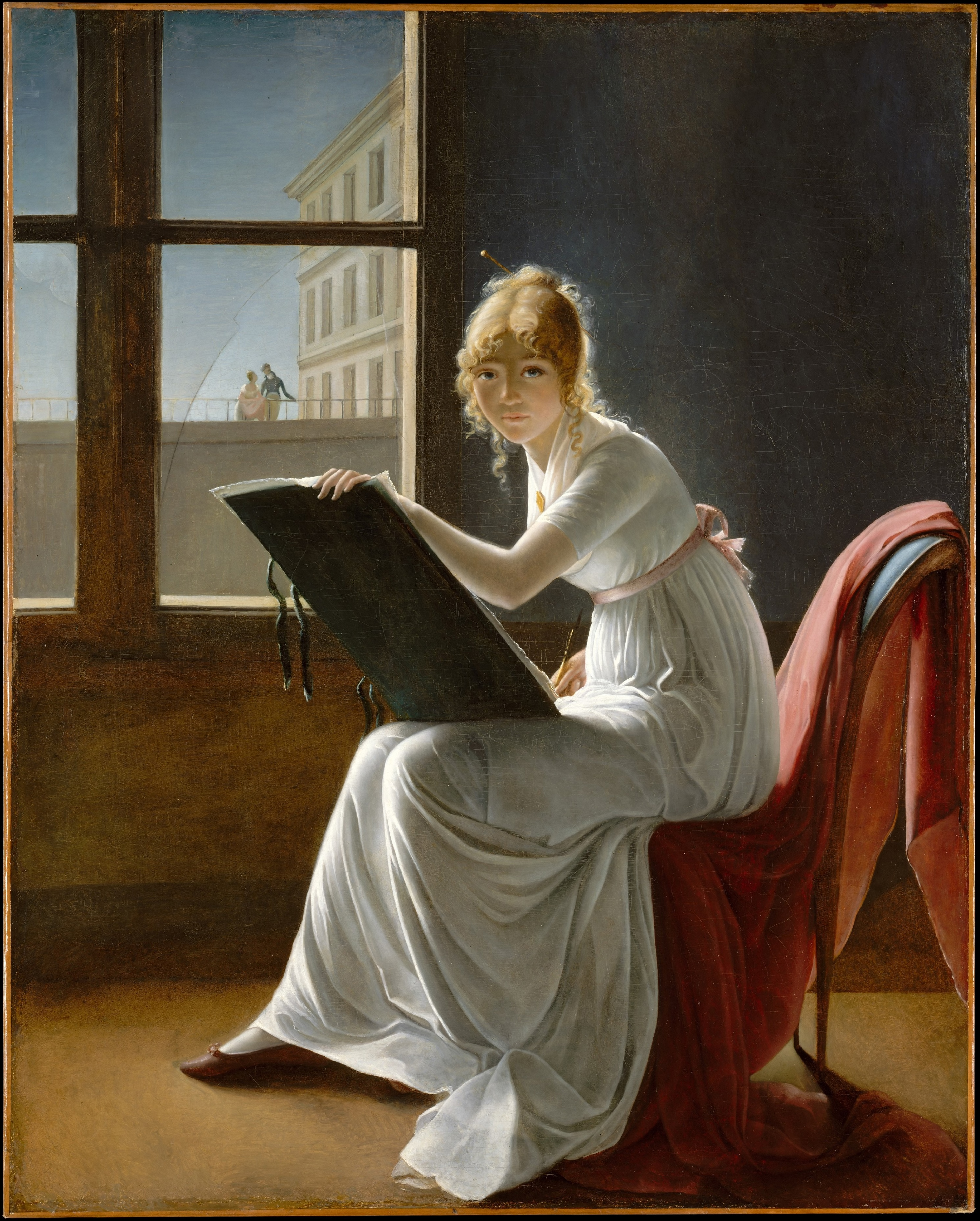If you're lucky you'll have a deep seam of stories running through your core. Rich and resonating. Characters that carried you off, worlds that swallowed you up, and pictures forever imprinted in your memory stores.
I only have to think of the Bad Baby, and I'm there riding on the back of the elephant, going rumpeta rumpeta rumpeta all down the road.
At the beginning of our life's journey, picture books take us by the hand and lead us into the sphere of the imagination. If ever there was a parallel universe, it is here, where
anything can happen.
My visual recall is so vivid it seems to be more strongly imprinted in my mind's eye than memories themselves. Edward Lear's the Quangle Wangle Quee, Maurice Sendak's In The Night Kitchen (not to mention Where the Wild Things Are), Pat Hutchins' Rosie's walk, Angela Banner's Ant and Bee, Richard Scarry's Huckle Cat and Lowly Worm. I can 'see' them all more readily than I can remember what it was like to
be that child lost inside the pictures.
I remember Dad reading to us at bedtime, watching his upside down mouth moving around the words
When we get a little older, memories become mixed with stories. Before I was eight years old I shared a bedroom with my sister. I remember Dad reading to us at bedtime, watching his upside down mouth moving around the words. I remember the wallpaper, the pink repeated cluster of houses and trees. I could even lose myself in
there.
When I was eight I had my own bedroom at the top of the house. How blissful it was to climb into bed with the Swallows and Amazons, and the Famous Five (it never got too crowded in there). The magical combination of cosiness and lost-in-a-bookness. The thought of children across the world who never experience such security, of being wrapped up in warmth and magic …
How blissful it was to climb into bed with the Swallows and Amazons
Stories rapidly become our friends, our go-to places in times of need. My mum frequently recalls the Millennium when our entire family was struck down with 'flu – not because it was the stepping over into another century, but because she lay in bed comforted by Stephen Fry's reading of The Philosopher's Stone.
I can use the memory of reading to place myself, to pinpoint precisely where I was at the time. In my teenage years I am lying in bed (appears to be my optimum reading place) hungrily devouring Virago titles; the dark green edged books lined up on my shelf: Rosamund Lehman, Anita White, Maya Angelou.
And a healthy sprinkling of Ian McEwan.
There have been gaps in my reading when life itself became the main story. Yet having children draws you back in, and together you share the wonder all over again. Now that I'm a middle-aged rock, my seams are made up from whatever I fancy. A good story is a good story is a good story. None of this reading to type and age nonsense.
A good story is a good story is a good story. None of this reading to type and age nonsense
My rock strata looks something like this: Philip Pullman's Dark Materials, Patrick Ness' A Monster Calls, Neil Gaiman's The Graveyard Book, Pat Barker's Regeneration Trilogy, Sebastian Faulks, Raymond Carver, Terry Pratchett, Isabelle Allende, Kate Atkinson, Mal Peet … to name but so very few. All the stories created by these brilliant authors are equally embedded and enriching.
These stories date me like minerals inside a rock. They also give me a strong foundation. I have learned through the shared life of fictional characters what it means to be human. I have laughed and cried, gasped, and felt my heart race. I have re-read climactic paragraphs, pored over illustrations searching for hidden clues, rejoiced when justice is served, and ached over not so happy endings.
Thank you creators of the story world. I couldn't have made it this far without you (and thanks to you for reading. I promise to be less wordy next time).
 |
| Don't Forget |
K. M. Lockwood wrote an inspiring piece about the significance of images in the creative process, posted on MondayNick cast his
Tuesday net deftly over the sea of wonderful blog words
Wednesday found Catriona Tippin taking us through some useful proofreading tips
Thursday announced two unmissable conference competitions, and
Kate Peridot reported from the Picturebook masterclass with Pippa Goodhart
Friday - Jion Sheibani's ProCATsination shows just how easy it is to do anything but get on with it
Saturday Badge Winners – two super designs to pin on with pride at the conference
 |
| Look forward to |
Monday A new Ask a Publisher podcast - Rowena interviews Ali Dougal editorial director of fiction at Egmont Press
Tuesday Another hot pick of the blogs from Nick
Wednesday Agent confidential with Erzsi Deàk, president & founder of Hen & Ink
Thursday Surprise! (we're not quite sure what it'll be yet)
Friday Mike Brownlow shows us How to Draw a Robot
Saturday We celebrate SCBWIs nominated for the CILIP Carnegie and Kate Greenaway prize
And of course Friday, Saturday & Sunday bring us the 7th British Isles SCBWI Conference!
 |
From Around
the WWW |
SCBWI British Isles on Facebook is always a wonderful resource for shared ideas and information. Check out a link shared by Debbie Coope, of
Pixar's 22 Rules to Phenomenal PublishingThe child's eye view of death: the power of picture books to explain, can be found in the
Guardian this week

Nancy Saunders is gradually stepping in as the new Editor of W&P, with a generous helping hand from Jan. You can find her short stories
here, and on Twitter @nancyesaunders













 Kathy Evans is an all round star volunteer for SCBWI. She created the W&P celebrations editor role, organised the South East area network with Mariam Vossough, is now finance ARA for SCBWI British Isles and is again organising this year's conference badge competition. She is represented by Sophie Hicks.
Kathy Evans is an all round star volunteer for SCBWI. She created the W&P celebrations editor role, organised the South East area network with Mariam Vossough, is now finance ARA for SCBWI British Isles and is again organising this year's conference badge competition. She is represented by Sophie Hicks.a one-to-one with Sam Arthur, Director of Nobrow Press, and your comic featured on the banner of the SCBWI British Isles Graphic Novel Facebook page




